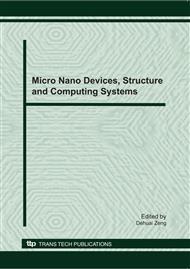p.186
p.192
p.199
p.205
p.210
p.216
p.222
p.228
p.232
The Role of Belief in the Emergence of Social Conventions in Artificial Social System
Abstract:
The emergence of social conventions in multi-agent systems has been analyzed mainly by considering a group of homogeneous autonomous agents that can reach a global agreement using locally available information. We use novel viewpoint to consider that the process through which agents coordinate their behaviors to reduce conflict is also the process agents use to evaluate trust relations with their neighbors during local interactions. In this paper, we propose using the belief update rule called Instances of Satisfying and Dissatisfying (ISD) to study the evolution of agents' beliefs during local interactions. We also define an action selection rule called “highest cumulative belief” (HCB) to coordinate their behavior to reduce conflicts among agents in MAS (multi-agent systems). We find that the HCB can cause a group of agents to achieve the emergence of social conventions. Furthermore, we discover that if a group of agents can achieve the emergence of social conventions through ISD and HCB rules in an artificial social system, after a number of iterations this group of agents can enter the harmony state wherein each agent fully believes its neighbors.
Info:
Periodical:
Pages:
210-215
Citation:
Online since:
December 2010
Authors:
Price:
Сopyright:
© 2011 Trans Tech Publications Ltd. All Rights Reserved
Share:
Citation:


